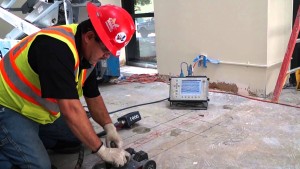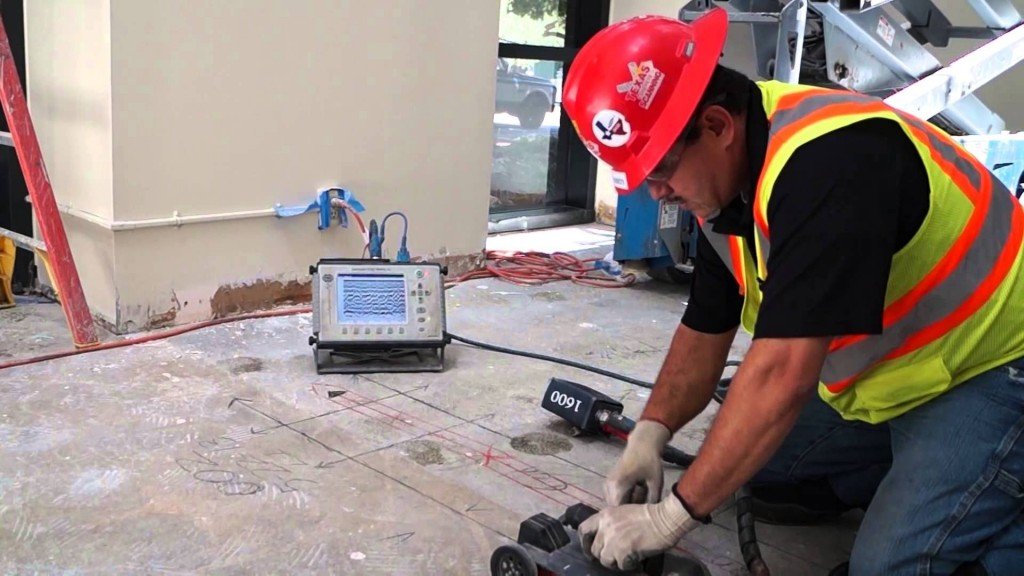 When transporting equipment for concrete scanning, Melbourne-based companies don’t necessarily have to secure a flatbed truck to accommodate the system. The system we are pertaining to is none other than the versatile and not too bulky ground penetrating radar (GPR) equipment. Only one person has to manage the available equipment, although there are low-frequency units that are not as compact and won’t fit into the trunk of a car.
When transporting equipment for concrete scanning, Melbourne-based companies don’t necessarily have to secure a flatbed truck to accommodate the system. The system we are pertaining to is none other than the versatile and not too bulky ground penetrating radar (GPR) equipment. Only one person has to manage the available equipment, although there are low-frequency units that are not as compact and won’t fit into the trunk of a car.
Total Scan & Survey discusses the benefits of ground penetrating radar below.
What can a GPR system do for you?
Some people who are currently financing a construction project may need to know exactly what structures are beneath the ground. Profiling and scanning are the prime functions of ground penetrating radar units. They can be quite handy in discovering buried storage tanks, valves, as well as utility lines and components. Sub-surface scanning and imaging technology have evolved through the years. These days, the display resolution is better and advanced software make data analysis more accurate and efficient. With favourable soil conditions, equipment that is in good condition can deliver good and useful data without exposing humans to harmful radiation.
What kind of information will you get from a GPR system?
When used specifically for concrete imaging, a GPR system that is working optimally will be able to provide an estimate of slab thickness. They are effective with different types of concrete. The unit can also detect and locate post-tension cables, pipelines and conduits both metallic and non-metallic, including pipes buried under pads made of concrete. The system also measures rebar spacing and identifies rebar patterns. GPR also locates voids, wherever they may exist under the surface.
Once the data is collected, modern units offer onsite data analysis. In the hands of a qualified technician, the equipment can provide engineers and contractors invaluable information indeed.
Ground-penetrating radar is the only equipment you need if you want to know what lies underneath or behind structures made from reinforced or poured-in-place concrete. Ask around for equipment that can penetrate as deeply as you require.
